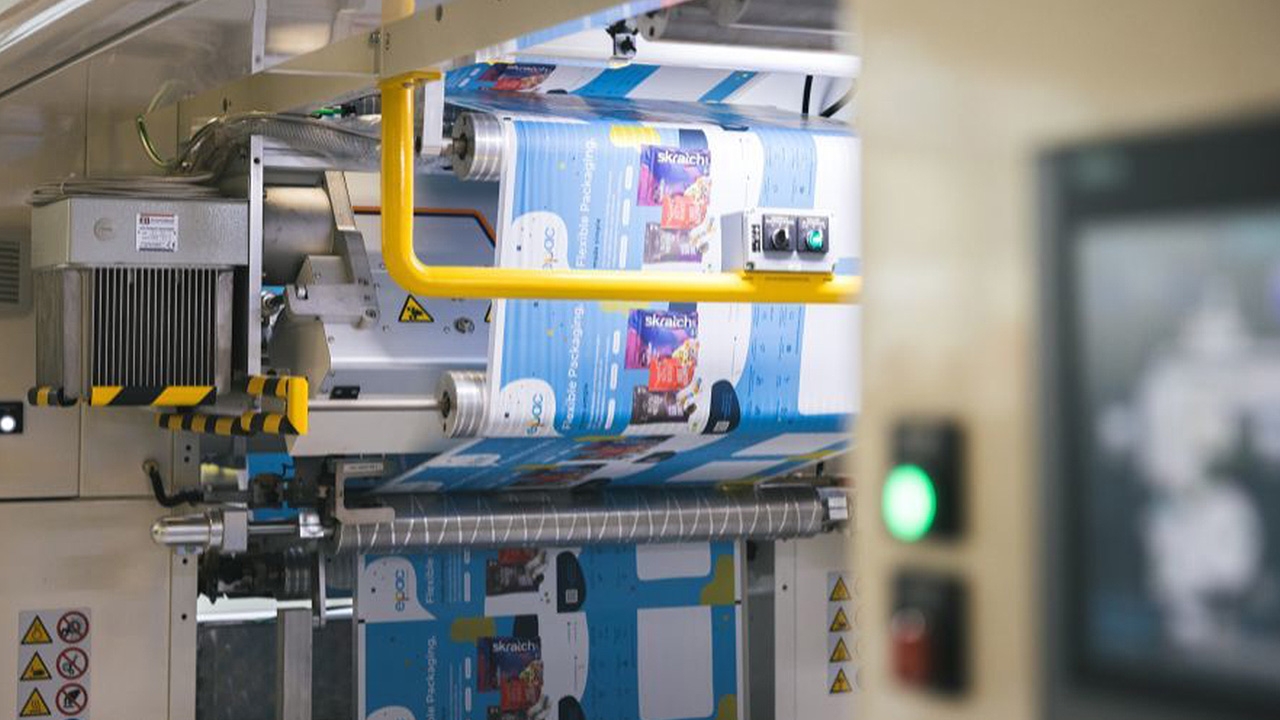ePac sets strategy for continued double-digit growth
All-digital flexible packaging company makes three strategic decisions for double-digit growth.

ePac Flexible Packaging, which has just celebrated its eighth anniversary, has reassessed its strategy for continued double-digit growth after years expanding its business between 50 and 100 percent annually with strong new customer acquisition.
Founded in 2016 as the world’s first all-digital flexible packaging company, ePac consistently grew 50-100 percent per year between 2016 and 2022. In 2023 the company’s growth slowed, but units produced still increased 30 percent over 2022 as new customer acquisition remained strong. Today, ePac is an international company with USD 200M in sales.
According to ePac, in 2023, and still in 2024, the flexible packaging industry came under significant financial pressure caused by a myriad of factors including inflation, higher interest rates, supply chain issues, emergence from Covid-19, and the availability of capital. The industry, in general, saw top line sales decline and underlying costs increase. ePac responded with a reassessment of its strategy and took several key steps to mitigate what was/is happening industry wide.
Since its beginning ePac has been focused on using technology to drive productivity and customer experience. ePac’s Software and Services group developed unique technologies for the company’s ERP and CRM systems, on-line quoting, automated job routing, data mining, pre-press automation, and advanced digital printing. It’s these advancements in technology that have positioned ePac to further simplify its operations and prepare for its next wave of growth.
The first strategic decision made by ePac was to consolidate its US operations into 11 manufacturing plants, down from 15. In addition to its US operations, ePac footprint now includes three plants in Canada, and eight locations in Europe, Asia-Pacific and Africa. ePac’s US footprint now includes sites in Boston, Philadelphia, Atlanta, Miami, Austin, Cleveland, Chicago, Madison, Boulder, Los Angeles and Portland.
The second decision was to continue to invest and focus on the development of ePac’s technology foundation. The company is in the process of upgrading its digital printer fleet which today stands at 58 to the new HP Indigo Gen 5 200K. This technology upgrade alone will increase productivity by up to 45 percent. Over the course of next 24 months all of ePac’s fleet of HP Indigo presses will be upgraded.
At the center of ePac’s technology platform is ePacONE, a proprietary tool that connects all 58 digital presses and enables automated job routing and management for all 22 ePac locations.
The third strategic decision made was to add new capabilities to ePac’s portfolio of products. A recent example of this is the addition of a new flat-bottom pouch machine from Totani that expands ePac’s offerings in the coffee, sports nutrition, and pet food markets.
Virag Patel, CEO of ePac, said: ‘In our first eight years we were able to create a new market for small and medium sized brands, and build a technology foundation that enabled us to rapidly scale our operations, so our infrastructure is sound. We’ll serve 4,500 to 5,000 customers this year, and with that kind of volume workflow automation is critical to meeting our SLA’s. Our commitment to technology will position ePac for the next phase of growth and serve larger, more complex customers – serving brands of all sizes.’
Stay up to date
Subscribe to the free Label News newsletter and receive the latest content every week. We'll never share your email address.

